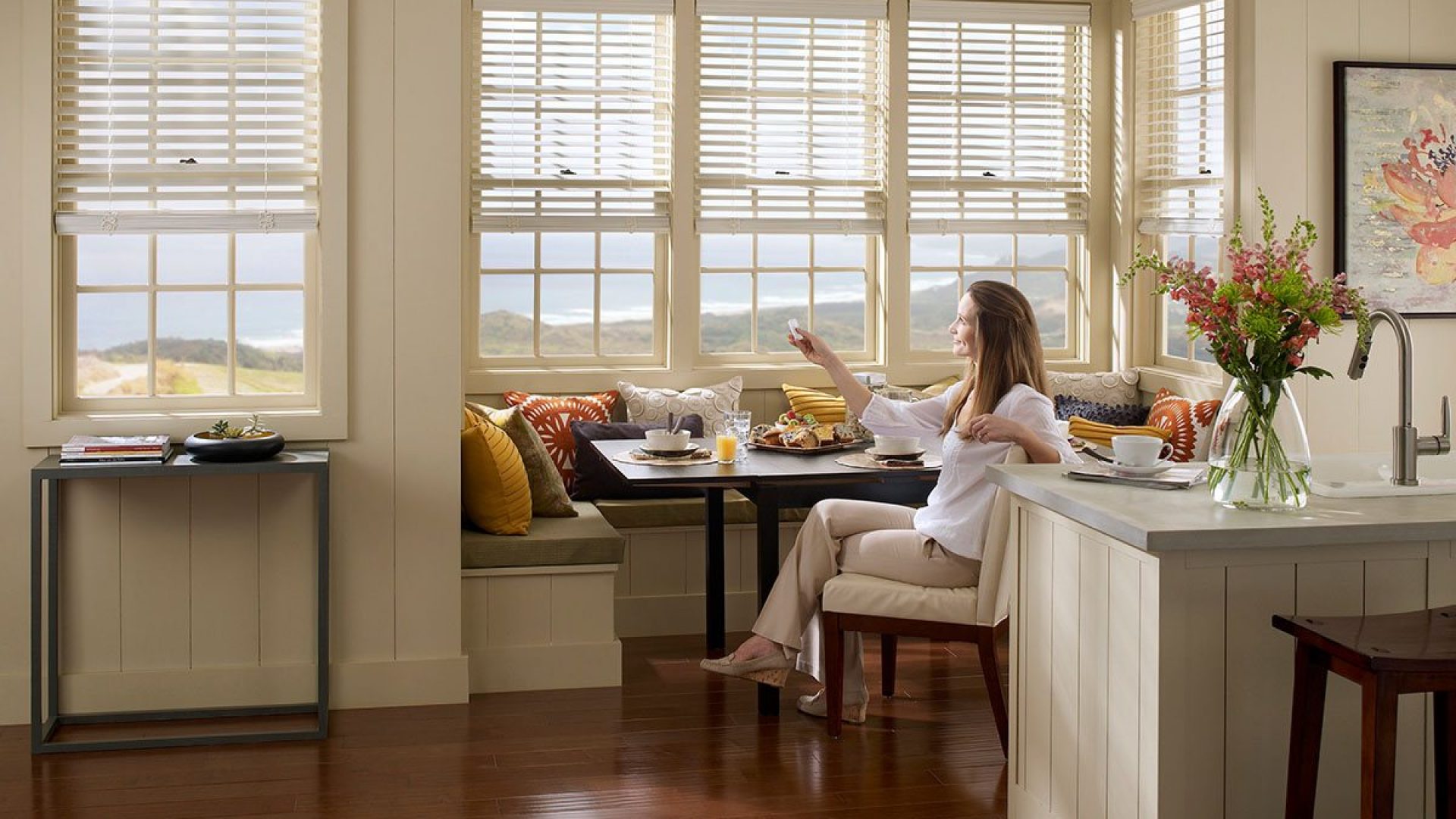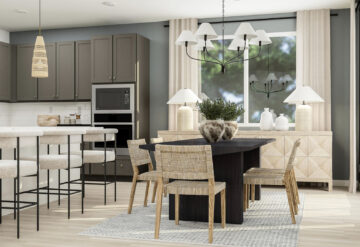If you’re deciding between purchasing a traditional non-automated newly built home or a network-ready new construction smart home, consider what life might be like living in each type of home. If your family has multiple devices continuously grabbing bandwidth, and you’re used to living with spotty wireless coverage, living with whole home coverage greatly impacts how you experience the average day. But the benefits go beyond personal devices. Here’s what it looks like in a day in the life of a home built with complete connectivity.
An Average Family
“We estimated that the average family of four with two children have about five wireless devices – each,” says Randy Ryder with the Wi-Fi Alliance, one of the most influential global non-profit organizations you may have never heard of until today. It founded the Wi-Fi Certified Home Design program for new construction homes as part of its mission to standardize Wi-Fi usage, networks, and connected products. “Those devices also include TVs that stream, streaming devices, and gaming systems, but do not include other built-in products that also rely on a wireless network, such as music systems, lighting, appliances, or the HVAC system that may all need to wirelessly communicate, putting a huge demand on the network.”
A Wi-Fi CERTIFIED™ Home Design program accommodates this enormous demand by building into the home’s infrastructure a network with the capacity to seamlessly handle present and future connectivity needs. “The days are gone where we had one laptop per family,” adds Ryder, who cites research indicating that at least 50 percent of U.S. households now rely on cell phones. The research also shows that 90 percent of U.S. households have at least one device, with the typical American household containing five, and that number will continue to grow.
An Average Day
Your family most likely feels the need to do a text check-in before leaving home. With all devices on and various news shows streaming, that’s a lot of necessary bandwidth that often leads to dead spots and other connectivity problems.
Fast forward to late afternoon when the kids and their friends are online for homework and exchanging data on the cloud. Meanwhile you’re on a recipe site. You may be kicked offline before you’re finished reading the ingredients list thanks to a full capacity wireless network. But that won’t happen when you have robust, reliable whole-home coverage, and you can even ask Amazon’s Alexa to play your favorite dinner music while you continue chopping the vegetables.
An Average Night
A home with a Wi-Fi CERTIFIED™ Home Design program is properly designed from the foundation up with high-performance gear for uninterrupted wireless service during the evening when families are home together. “We have laptops, TVs streaming, online gaming, devices all over the home, plus new wearables and all of that strains a normal network,” says Ryder. “We’ve already considered the inevitability that families increase their usage with more wireless products, and we built in those capacity needs so that the network works as seamlessly in the future as it did the first day they moved in.”
The prime evening time when your entire family, and neighborhood, is online, should be relaxing, not a time where you have to apply time-sapping fixes like snagging a better signal or resetting the router to unfreeze apps. There is a better way. A home with full built-in coverage to handle those evening hours of heavy streaming, gaming, and working time is time-saving and brings infinitely more peace of mind when you can ask Alexa to lock the doors and control the thermostat while you sleep.
An Average Weekend
Buffering most likely causes issues while you’re in the basement, garage or yard, where walls separate your device from signals. Though glitches inevitably happen when you’re streaming a weekend DIY video tutorial at the same time your kids are all online, these issues are kept to a minimum in a smart home. Living in a well-connected home with Wi-Fi systems built into the design phase of the home adds value to everyday life by giving you back all the time used troubleshooting your connectivity needs.




